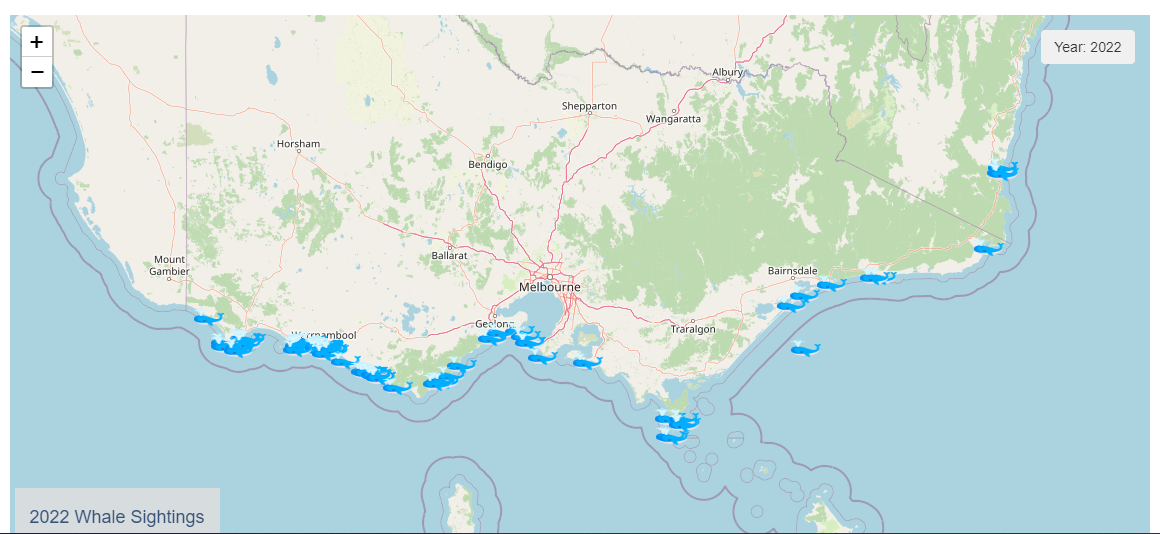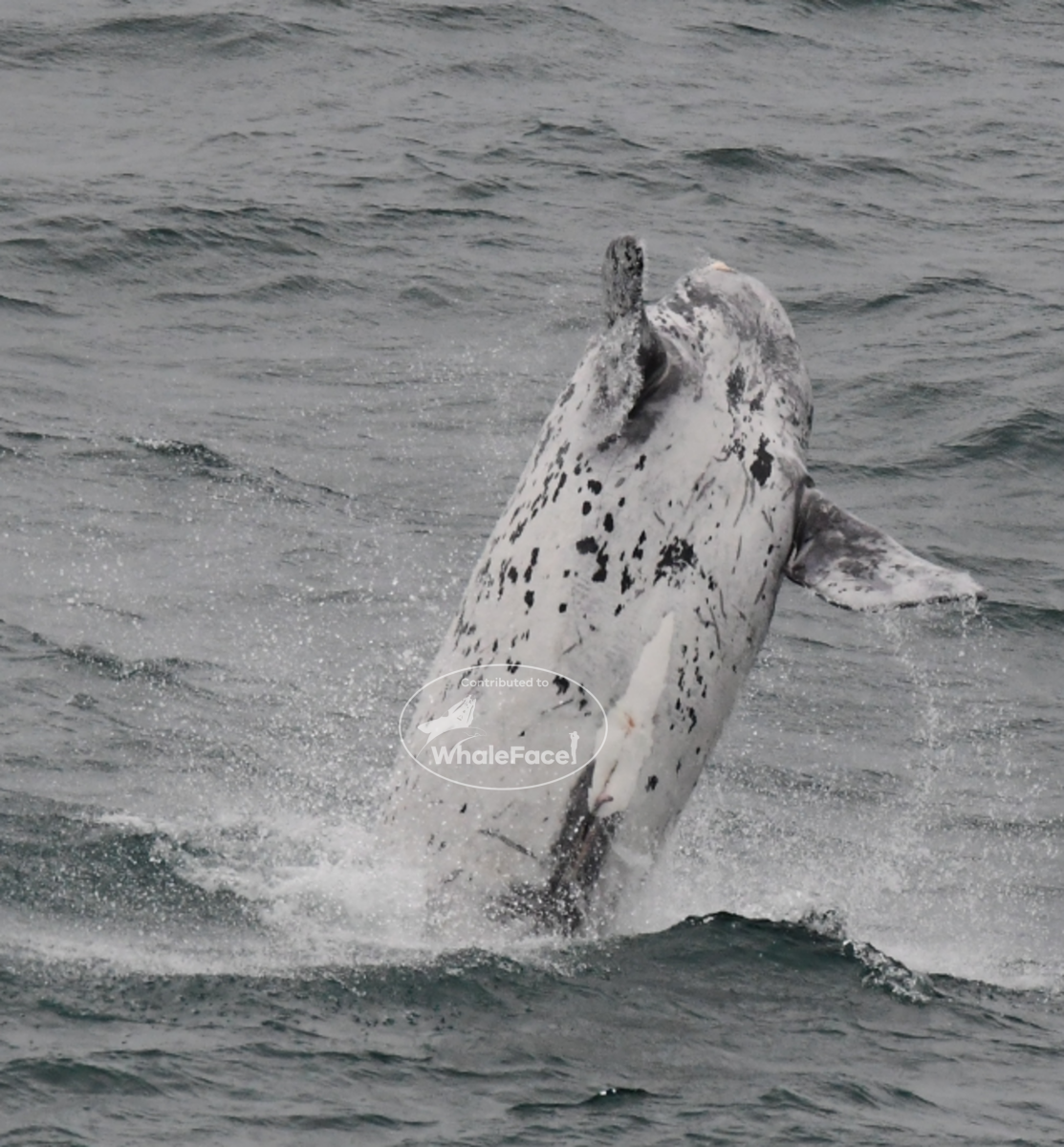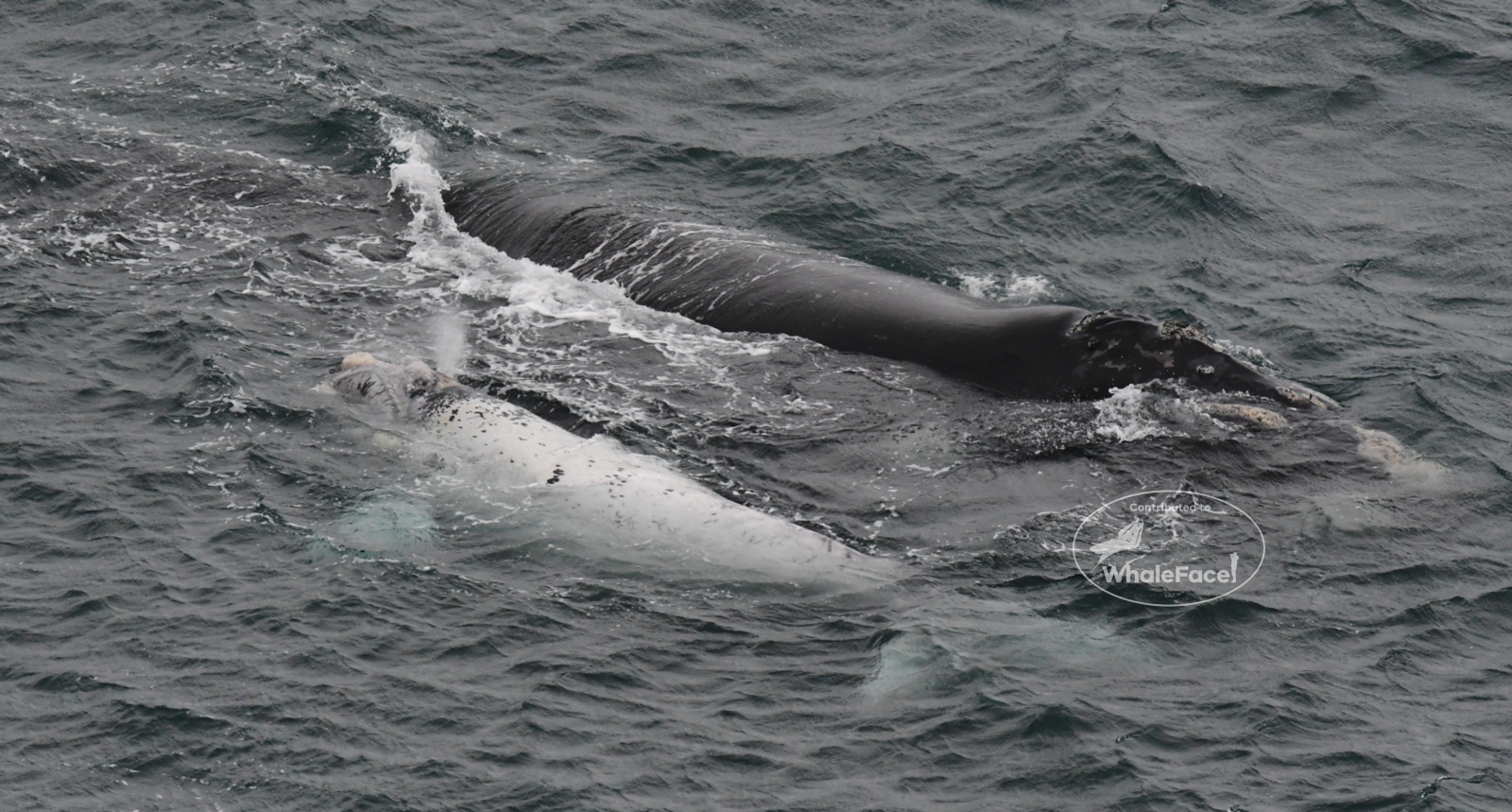Whale News - November 2022
Thank you for another great season!
Thank you to everyone who contributed their sightings in 2022 and continue to support this vital citizen science program.
2022 was another outstanding year for the WhaleFace. With 986 images from over 200 whale sightings received, the commitment of the WhaleFace community continues to blow us away.
So, while the whales are busy feeding in colder waters, we will be busy in the office processing data, cataloguing and cross matching with images from previous years. We will collaborate with other researchers to share and analyse our expanding dataset and publish new findings.
Citizen science is an important piece of our Southern Right Whale research program and is providing valuable information on coastal movements and habitat usage patterns that complements our core coastal monitoring work. We are excited to be expanding our research efforts next year through the Victoria’s Icon Species funding and will bring you more on that next season.
If you would like to see where whales were spotted during 2022, check out our interactive sightings map by logging into WhaleFace and going to the Sighting Map tab. 
Its not too late to get your photos in
Now that the season is over, it may be a good opportunity for you to look back on your photos from this season and submit any that haven’t been uploaded. You may even have images from previous seasons (maybe even from many years ago). We are particularly interested in any calf photos you may have in your archives, especially if they show the well-developed callosities and/or any distinguishing features that may help us to match them to adult images. Finding images of known adults as calves would be an exciting development! We are yet to confirm if any of the breeding females that use Logans Beach were nursed there themselves as young calves.
This is photo is great example of an ideal calf id image. It was taken late in the season when the callosities were well developed. Thanks to Coralee Askew for digging this photo (from 2014) out of her collection and allowing us to add another calf to the catalogue for potential matching.
.png)
Calf at Logans Beach Sept 2014, Coralee Askew
Grey Morph Calf
In case you missed it, we had a nice surprise at the end of the whale season with a quick visit from a grey morph calf as it transited through the Victorian coastline with its mother.
A grey morph calf is a born predominately white but darkens as it ages. Adult grey morphs appear grey or brownish grey. We know from other populations that grey morphism occurs in less than 4% of calves born. The eastern Australian Southern Right Whale Population is estimated at less than 300, so sightings of grey calves in this population are rare.
Grey morphism is hereditary with the recessive trait believed to be passed down on the X chromosome. While it is theoretically possible for there to be grey morph females, grey morphs are much more likely to be male. Thanks to some amazing photography from the WhaleFace community (e.g., the images below from Michelle Holcombe) we were able to confirm that this calf was in fact a male.
This cow-calf pair travelled steadily along the Victorian coast between 1-23 September. They were sighted in east Gippsland, San Remo, along the Great Ocean Road and were last seen passing Cape Nelson.
Cross matching of photos from citizen scientists’ programs in NSW (Right Whale ID) and Victoria (WhaleFace) have confirmed that this is the same cow-calf pair sighted on the southern NSW coast in August. The female is known to our catalogue and was sighted (without a calf) near Eden in 2017. Another example of the value of having a network of citizen scientists that can help track coastal movements (both within and between seasons).
.png)


Grey morph calf near Cape Nelson on 23 Sept, Michelle Holcombe
We can’t wait for the next whale season as we eagerly anticipate welcoming back some old (and hopefully new) faces to our shorelines. Keep an eye out for our next newsletter in May 2023 as we ramp up for the new whale season.
Regards,
Kasey



